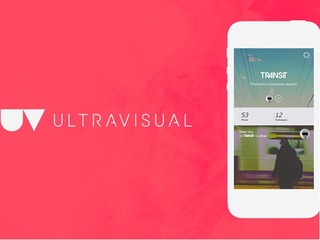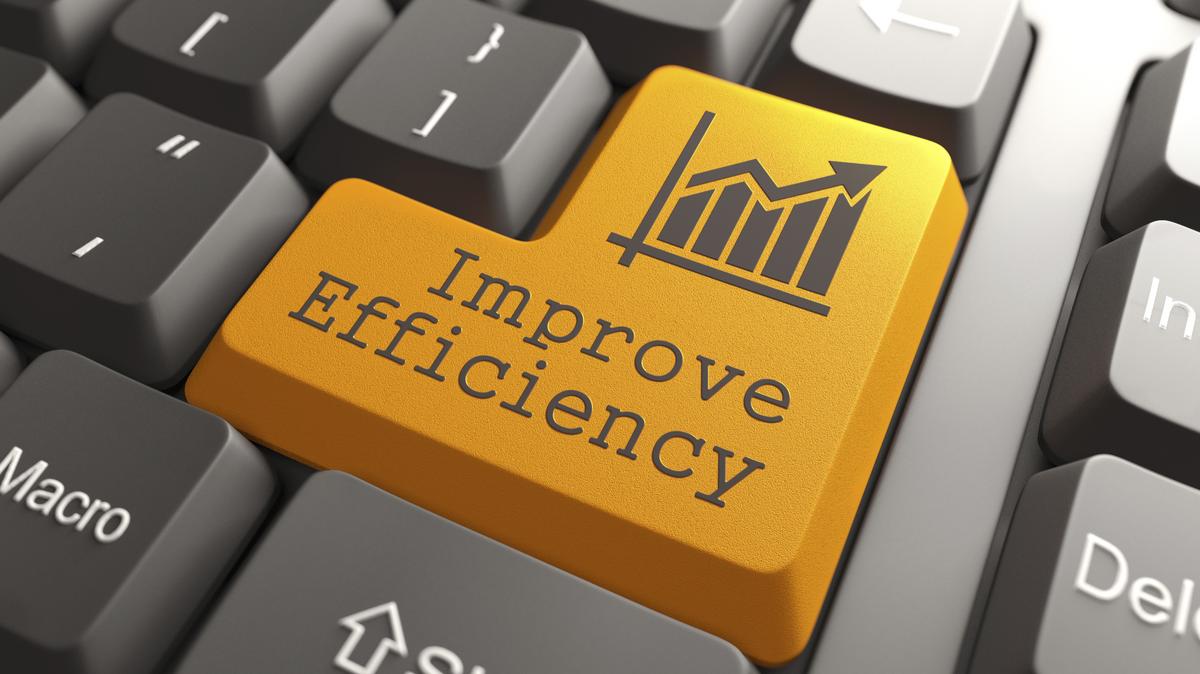
Smart factories are now a reality. IoT is building a new manufacturing landscape by connecting automated production technologies and smart manufacturing processes.
With every passing year, advanced methods and equipment enter the manufacturing space to take production capabilities to the next level. This year-on-year maturing of technological advancement is what has brought us from the first industrial revolution to the 4th industrial revolution.
The current revolution that industries are operating in, comes with its own unique set of methodologies and technologies. It is redefining operational efficiency.
While the previous revolutions worked around the specific areas of the industrial sector, the fourth industrial revolution comes powered by the ability of connectivity. In this article, we are going to look into the many aspects of how is IoT transforming manufacturing and the many challenges the sector will have to overcome to become a part of the future of IoT in manufacturing.
Welcoming the Fourth Industrial Revolution
In order to understand the true Internet of Things applications in manufacturing industry, it is necessary to look back at the industrial revolutions. Ever since the 1700s, there have been 4 revolutionary shifts in the manufacturing sector.
The first – water power was introduced for increasing efficiency of steam engine based machinery like cotton gins, loom, and conveyor, etc.
The second – emerging in the 1870s, the second industrial revolution brought us electricity. The invention of the power stations and bulbs powered factories’ automation and gave birth to the concept of mass production.
The third – emerging somewhere around the 1960s, the third revolution introduced digital technology and computers, replacing analog technologies. The phase opened the world to globalization and increased trade.
The fourth – this is the era of cognitive manufacturing. In the ongoing phase, big data, IoT sensors, robotics, and predictive analytics will merge to form a brand new definition of IoT in industrial manufacturing operations.
The fourth industrial revolution presents a glorious age for manufacturing and industrial space. Businesses are beginning to understand the massive impact of IoT in the production process, they have started initiating talks with every sound IoT development company to figure out the way to harness the IoT use cases in manufacturing. As a result of their interest, the technology is reciprocating with a number of use cases of IoT solutions in manufacturing.
How is IoT in Manufacturing Changing the Sector’s Landscape?
With IoT implementations in manufacturing becoming a new norm, there are a number of benefits manufacturers are looking to derive from the combination. Let us list down some of the most promising benefits of IoT for manufacturers.
1. Inventory management

Through the linking of equipment like smart totes, smart shelves, forklifts, etc with wireless communication and RFID, sensors, manufacturers would be able to maintain a real-time view of an inventory. On the production level, sensors linked to bins and machines will be able to provide real-time data on inventory consumption and notify the need for re-ordering or automatic refill.
2. Predictive maintenance of assets

Another impact of IoT in manufacturing industry can be seen through the role of technology in asset maintenance. With the help of sensors and RFID, IoT can monitor tools, smart machines, and vehicles, etc for equipment health and then schedule their maintenance on the basis of usage.
There are a number of IoT-based alerts driven systems that provide insight into mechanical problems that could warrant replacement or repair. It doesn’t just improve asset utilization but also helps avoid expensive downtime maintenance expenses.
3. Field Service
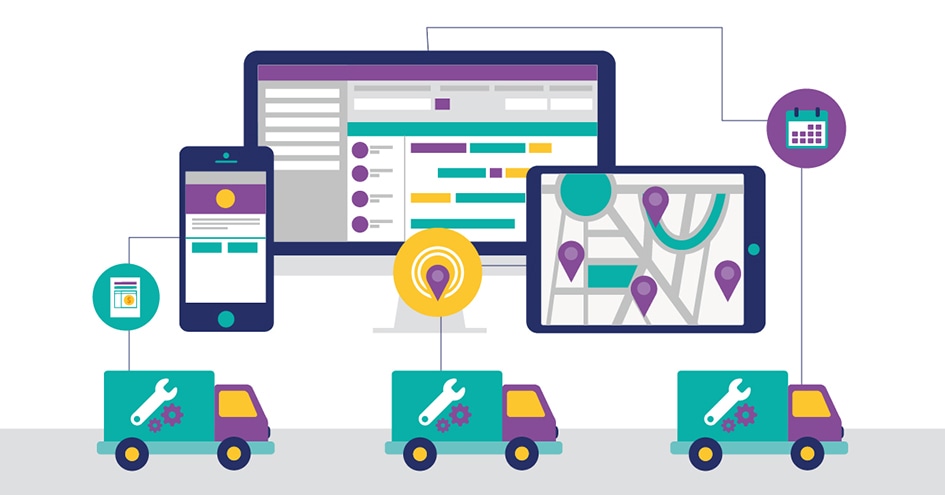
IoT enables manufacturers to better their capabilities as a service provider. Through sensors and connected devices, businesses can perform proactive servicing of appliances, equipment, and devices while planning field service in a more cost-effective manner. IoT solutions in manufacturing also offer visibility in the supply chain for monitoring locations, the state of products in transit, and the delivery schedules.
4. Workforce management

Information from assets, machines, and mobile devices can help businesses measure the employees’ productivity. Managers will no longer have to walk the factory floor and see how their workers are performing, they will be able to get a dashboard view of productivity measures created automatically and updated in real-time.
An example of the workforce management specific manufacturing IoT use cases can be seen in the COREIoT Workforce Management solution. It’s a turnkey project which comes with a 4G IoT gateway, wireless sensors, and a web portal that includes data analytics. The platform offers an advanced tracking facility with dwell time detection offering complete workforce visibility.
5. Quality assurance

An active role of IoT in manufacturing can be seen in the ways quality initiatives get added to the operational processes. The technology can help highlight variation in product flow and in the pre-decided guidelines set for measuring product specifications.
The result lies in improved efficiency on an overall level since products are developed according to specifications, defective production is stopped in real-time, and repairs are conducted to prevent system and equipment downtime.
6. Cognitive operations and processes

The idea of cognitive operations lies in the ability to take present data and analyze it for driving decisions around better operations, safety, and quality. A system linking technology like IoT can help analyze both structured and unstructured data like video or photos, bringing greater certainty to business operations and decision-making. Here are the different ways that help –
- Better productivity of production line
- Speedy repair and service call which lowers warranty costs
- Improved quality.
7. Optimization and smarter resources
The last point in our list of benefits of IoT in manufacturing revolves around optimizing resources – energy, people, knowledge, and equipment. It is essential to follow the best optimization practices for keeping the cost low and bettering the overall productivity and engagement levels. With the combination of cognitive insights and IoT, it becomes possible to use data like usage, geolocation, environmental conditions, etc. for:
- Better worker safety and effective workforce management
- Improved worker productivity and expertise
- Reduction of energy consumption by equipment and buildings.
Even amidst the growing use of IoT in manufacturing, there are some challenges that manufacturers face when it comes to the adoption of IoT solutions in their processes.
Let us look into some of those challenges that every IoT application development company has to overcome.
The Barriers to IoT Adoption in Manufacturing Sector
Interoperability of data

One of the biggest barriers that IoT app developers face is in terms of data interoperability. In the traditional manufacturing setup, the environment data are siloed according to functional or department areas. This makes it difficult for production, scheduling, engineering, and quality to be linked or be compatible for analysis. Noting the situation which nullifies the essence of IoT, it becomes very important for IoT application development services to take care of the migration of legacy systems.
Lack of IoT Skillsets

IoT is still at a developing stage, meaning employing someone with the expertise in leveraging IoT and performing its successful deployment remains a challenge. What makes the matters worse is that when we look into IoT adoption in the manufacturing space, it is not just the technology’s skillset which is required but also experience in analytics, big data, embedded software development, and electronics, and IT security, etc.
Instances of data breach

With IoT devices and software becoming common across a range of different industries and manufacturing there are growing concerns around their security proofing. Noting how IoT in manufacturing case studies works around business-crucial data and equipment, it is essential that every IoT app development company follows a security-first approach and abides by all the app security best practices to ensure a breach-proof service.
Initiate Your IoT in Manufacturing Journey With Us
Entering the sector which still has one leg dug deep in the traditional methodologies can be a challenge. As a tech-forward entrepreneur, you would need help from IoT developers who have worked with manufacturing industry stakeholders. We are here to help you.
We can help you identify the use cases that apply to your reformative idea, the process you will have to follow to counter migration issues, and how to find the best product-market fit. If you are a manufacturer struggling with similar issues or something new, reach out to us.




















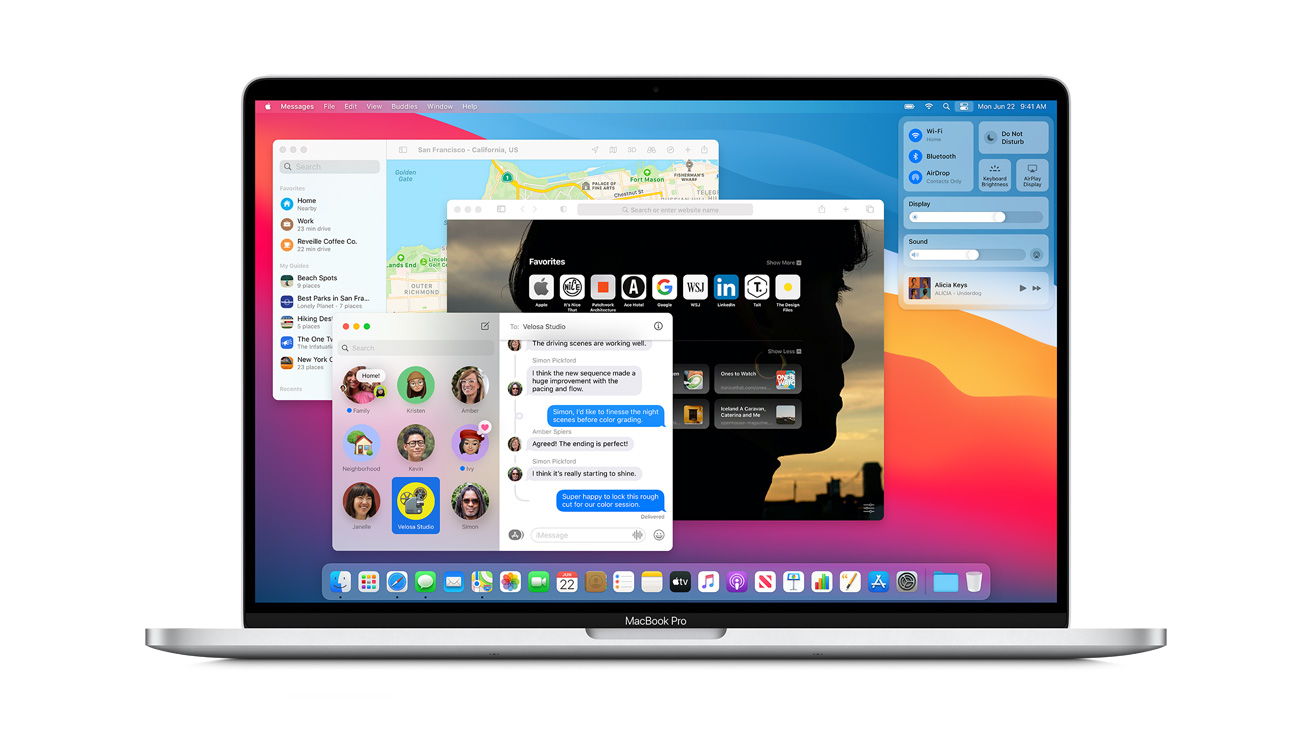







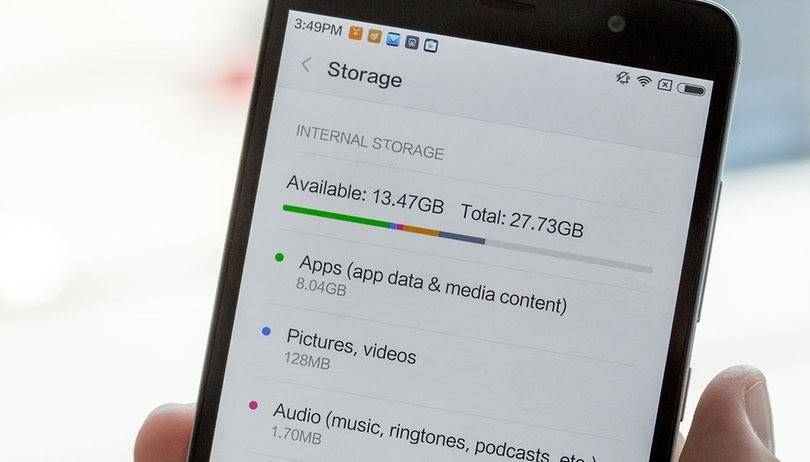

![The Ultimate Guide to Push Notifications [2020] - WebEngage](https://content.webengage.com/wp-content/uploads/sites/4/2017/09/What-is-a-Push-Notification.png)




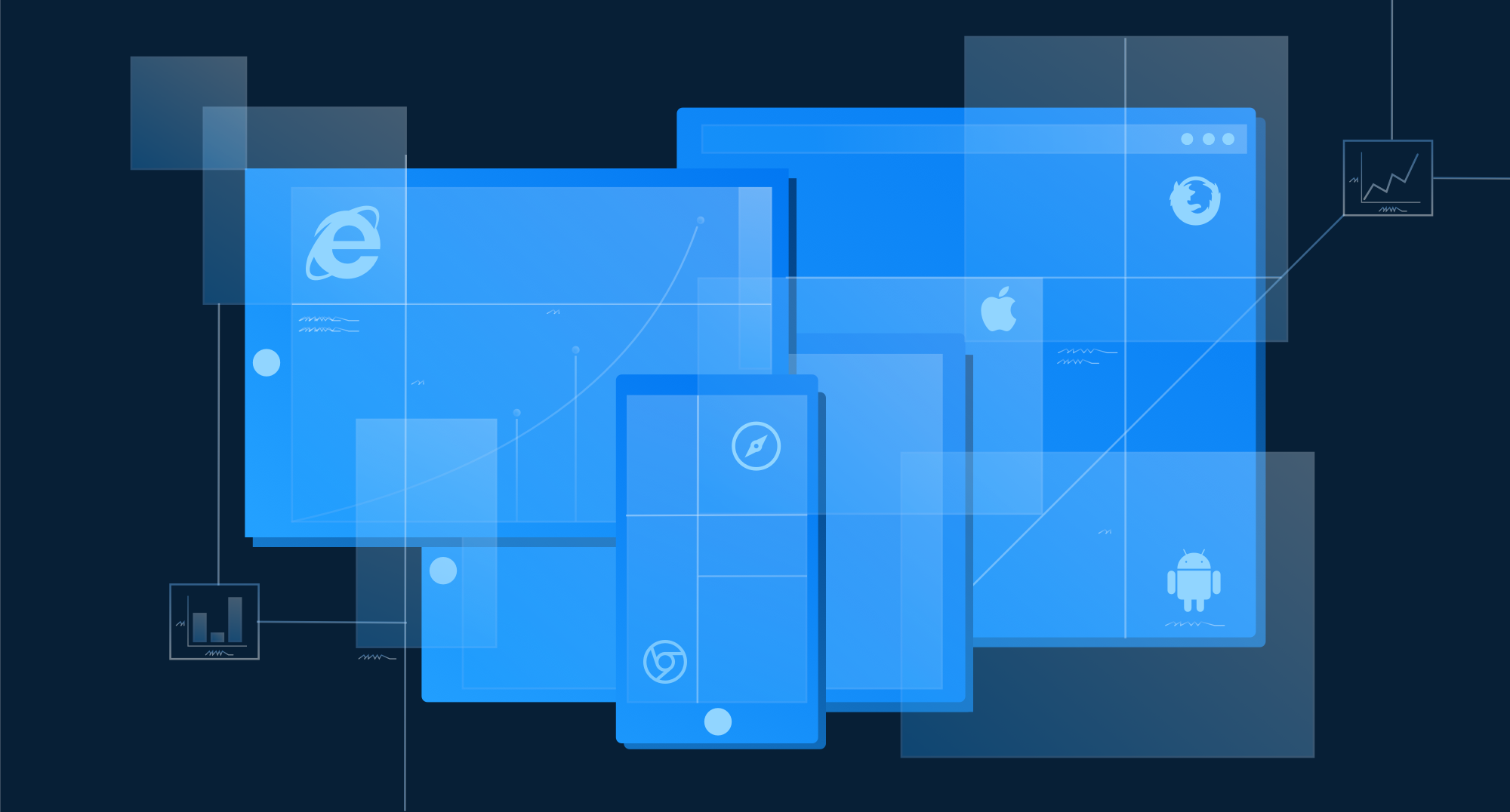







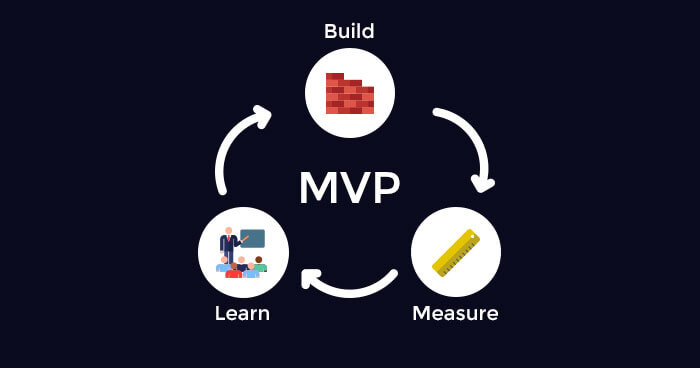
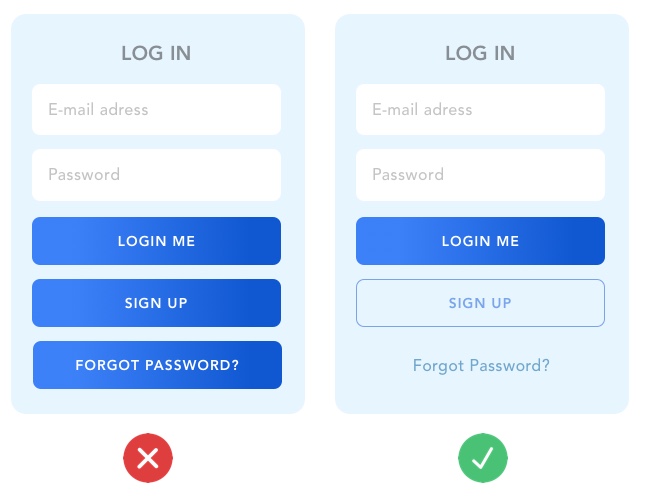





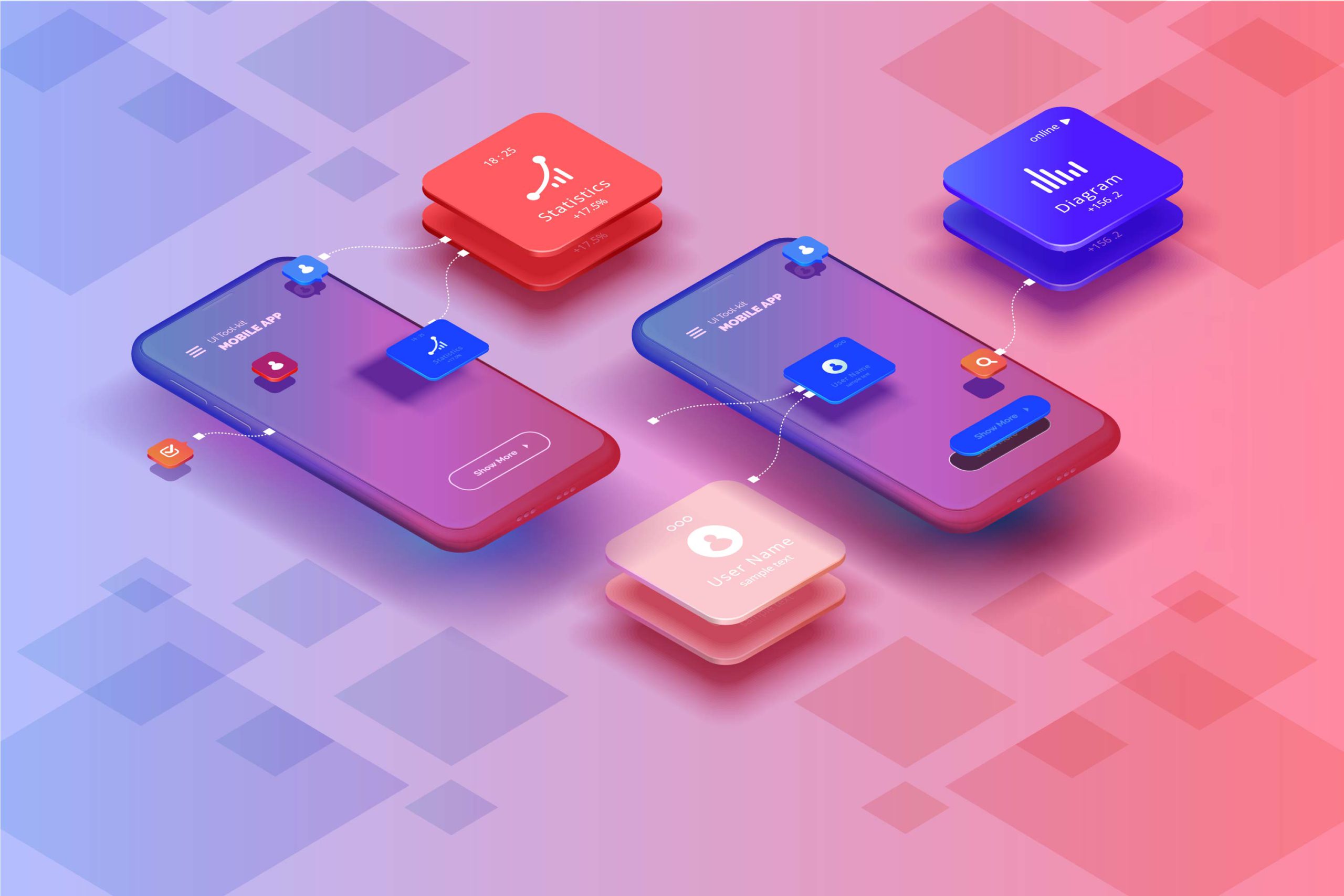
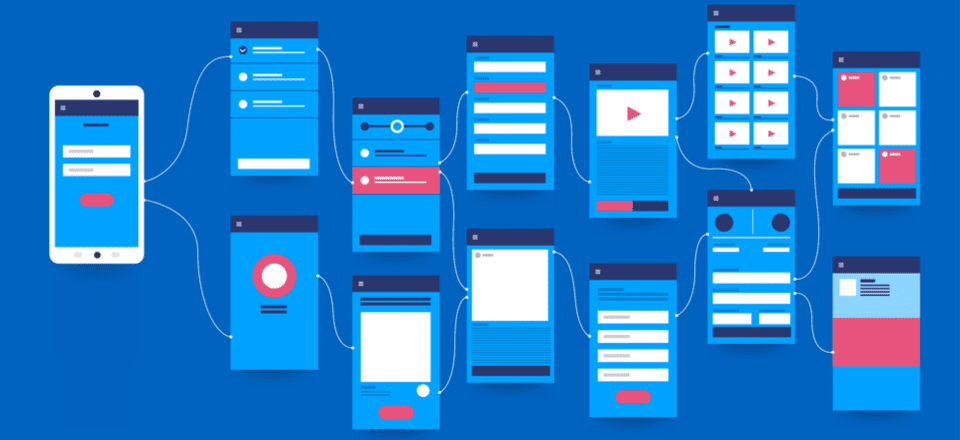





/brand-awareness-01e3446286534c93a8ea93b4e8bd813f.jpg)



